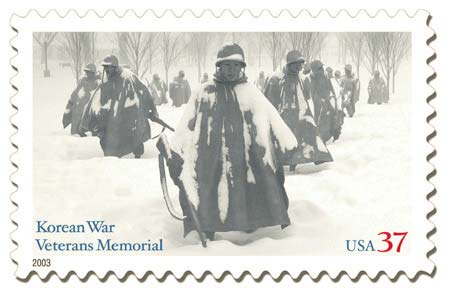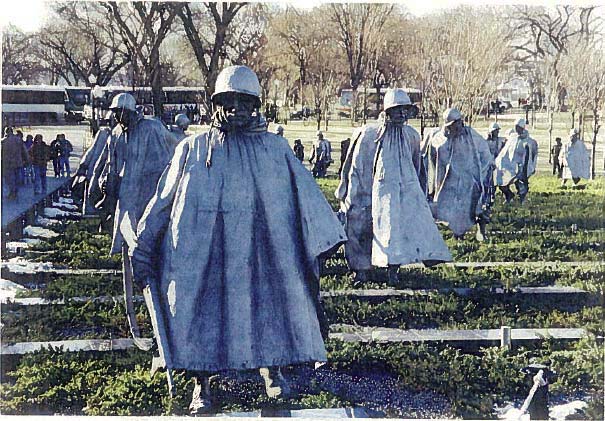In a 2-1 vote, the Third Circuit Court of Appeals reversed a district court ruling in favor of EA Sports, finding that the publicity rights of Former Rutgers football player, Ryan Hart, were violated by depicting Hart in the videogame NCAA Football in 2004-06. The decision is a step forward for collegiate players seeking compensation from the exploitation by the NCAA and its licensing partners. The suit highlights the inability for players to receive compensation even after they have left college and NCAA eligibility rules no longer bar them from receiving payment.
The decision is step backwards for free speech advocates who seek clearer and more consistent protection from claims of publicity rights when celebrities and athletes are depicted in communicative works like films and video games. While the decision provides a thoughtful roadmap through the various legal tests applied to publicity rights, the court’s application of New Jersey law is at odds with the same test’s application in California. This will likely lead to increased confusion and more rounds of litigation until new statutes are enacted or cases decided.
The decision focuses on the exactitude of the video game in reproducing the player but unfortunately pays less attention to the exactitude of the Supreme Court/s recent decision in Brown v. Entm’t Merchs. Ass’n, 131 S. Ct. 2729 (2011). The Third Circuit quoted Brown on the protection afforded video games under the First Amendment. “[V]ideo games communicate ideas — and even social messages — through many familiar literary devices (such as characters, dialogue, plot, and music) and through features distinctive to the medium (such as the player’s interaction with the virtual world).”
Although the court recognizes that “video games enjoy the full force of First Amendment protections,” it highlights the limits of those rights. “As with other types of expressive conduct,” the court explains, “the protection afforded to games can be limited in situations where the right of free expression necessarily conflicts with other protected rights.”
Seeking to apply the best balancing test between the First Amendment and state publicity rights, the court reviews and rejects both the “Predominant Use Test” and the “Rogers Test.” Under the Predominant Use Test, the Missouri Supreme Court held that “[i]f a product is being sold that predominantly exploits the commercial value of an individual’s identity, that product should be held to violate the right of publicity and not be protected by the First Amendment, even if there is some ‘expressive’ content in it that might qualify as ‘speech’ in other circumstances.” Unfortunately the Missouri Supreme Court then treated a comic book as such a commercial product and found the use Tony Twist’s likeness a commercial misappropriation when transformed into the evil Anthony “Tony Twist” Twistelli. The Third Circuit correctly rejected this application of such a test.
By our reading, the Predominant Use Test is subjective at best, arbitrary at worst, and in either case calls upon judges to act as both impartial jurists and discerning art critics. These two roles cannot co-exist.
The Third Circuit similarly rejected the Rogers Test, which relies on trademark considerations.
In analyzing the right of publicity claim under Oregon law, the Second Circuit noted Oregon’s “concern for the protection of free expression,” and held that Oregon would not “permit the right of publicity to bar the use of a celebrity’s name in a movie title unless the title was wholly unrelated to the movie or was simply a disguised commercial advertisement for the sale of goods or services.”
The application of the Rogers test to the content of a work almost leads to a finding of free speech, although the content would violate the test where the content was really an advertisement. For example, where the paid ad were an advertorial, a newspaper column of paid content, or in the case of a TV episode which was little more than an infomercial for a forthcoming product. In these cases the content was also a disguised commercial advertisement for sale of goods or services. Unless the content were an advertisement, the Rogers Test would permit the publisher to succeed over the publicity rights.
The Third Circuit adopted the Transformative Use Test developed in California, which is based upon the Copyright Act’s fair use standard. Specifically, that court, in Comedy III Prods., Inc. v. Gary Saderup, Inc., 21 P.3d 797, 804-08 (Cal. 2001), adopted the first fair use factor, “the purpose and character of the use,” as the sole determinant test to balance the publicity rights claims and free speech claims. In Campbell v. Acuff-Rose Music, Inc., 510 U.S. 569, 579 (1994)), the Supreme Court explained the meaning of this fair use factor:
whether the new work merely “supercede[s] the objects” of the original creation, or instead adds something new, with a further purpose or different character, altering the first with new expression, meaning, or message; it asks, in other words, whether and to what extent the new work is “transformative.”
The Transformative Use Test has been applied inconsistently in California:
- Tee-shirts depicting The Three Stooges to be insufficiently transformative to protect the free speech rights of the artist.
- Comic books depicting Johnny and Edgar Winter as “villainous half-man, half-worm creatures, both with long white hair and albino features” sufficiently transformative to be free speech.
- Video game depicting musician Kierin Kirby sufficiently transformative to protect Sega’s free speech rights to incorporate her image in a video game.
- Avatars depicting No Doubt in video game Band Hero were life-like depictions and therefore violation of contractual limitation on publicity rights was a violation of those rights.
The Third Circuit applied this transformative test and in a 2-1 decision found that the literal depiction of Hart’s avatar was insufficiently transformative to protect the free speech rights of the video game makers. The dissent emphasized the video game’s creative and transformative elements as a whole rather than the particular depiction in isolation.
Unfortunately both the majority and dissent ignored this highly inconsistent and arbitrary nature of the Transformative Use Test. Like the Predominant Use Test rejected by the court, the application of the Transformative Use Test remains a rather arbitrary rule. Since both the Hart decision and the Kierin Kirby decision were summary judgment decisions, the courts were basing their decisions on stipulations that the individuals were depicted in the games.
More troubling, if the First Amendment decision of Brown is to be given full effect, then this analysis should apply to television coverage of sports as well. If Hart’s image is exploited in a video game, is it not also exploited when broadcast? The NCAA cannot make any claim to the publicity rights of its former players or players who are no longer eligible under its rules. (Whether the nation’s colleges should be able to strip undergraduates of their privacy and publicity rights as a condition of college eligibility is a broader question best left to a different analysis.) I cannot distinguish between’ Hart’s avatar and a Tina Fey sketch on Saturday Night Live depicting Sarah Palin. Frankly, judges should be empowered to make that distinction either.
I have advocated for a different outcome,[1] based more closely on the Rogers Test of the Second Circuit that emphasizes that publicity rights only exist when the name or likeness is used for a commercial transaction. As such newspapers, news broadcasts, comic books and video games are immune from publicity rights claims unless they are used to promote a commercial transaction, in other words, they are a disguised advertisement for sale of a good or product.
In addition, a second category of commercial appropriation similarly exists when substantially then entire person’s act is exploited. Thus if a news station were to broadcast all of a concert under the guise of covering that concert, it would steal the commercial exploitation of the work itself. That approach accommodates the Supreme Court decision in Zacchini v. Scripps-Howard Broad. Co., 433 U.S. 562 (1977). In Zacchini, the entire act of the Human Cannonball was broadcast on the news and Zacchini sued for damages as a result. The Supreme Court explained that free speech rights must provide balance with state publicity rights, agreeing that a cause of action for Zacchini’s right of publicity was appropriate under Ohio law.
When a publisher of communicative content takes a substantial portion of the commercial work, then a fair use style balancing is essential to be sure that the communicative work has not usurped the marketplace of the commercial work. Such a test will protect the magicians, comedians, musicians, poets, and trapeze artists of the world. Depicting an athlete in a video game or in a fantasy sports league hardly usurps the athlete’s entire performance; it remains communicative rather than a product or service. It should not matter whether the depiction is accurate or transformed, for that decision is precisely an aesthetic decision inappropriate for determination by judges and courts.
The Hart decision may increase the importance of the Transformative Use Test outside of California, but it does not provide a more thoughtful or more predictable distinction between free speech and publicity rights. The time for a uniform state statute is finally at hand.
[1] Garon, Jon M., Beyond the First Amendment: Shaping the Contours of Commercial Speech in Video Games, Virtual Worlds and Social Media (November 20, 2011). Available at SSRN: http://ssrn.com/abstract=1962369 or http://dx.doi.org/10.2139/ssrn.1962369;
Garon, Jon M., Playing in the Virtual Arena: Avatars, Publicity and Identity Reconceptualized through Virtual Worlds and Computer Games (March 26, 2008). Chapman Law Review, Vol. 11, No. 3, 2008. Available at SSRN: http://ssrn.com/abstract=1334950 or http://dx.doi.org/10.2139/ssrn.1334950.












